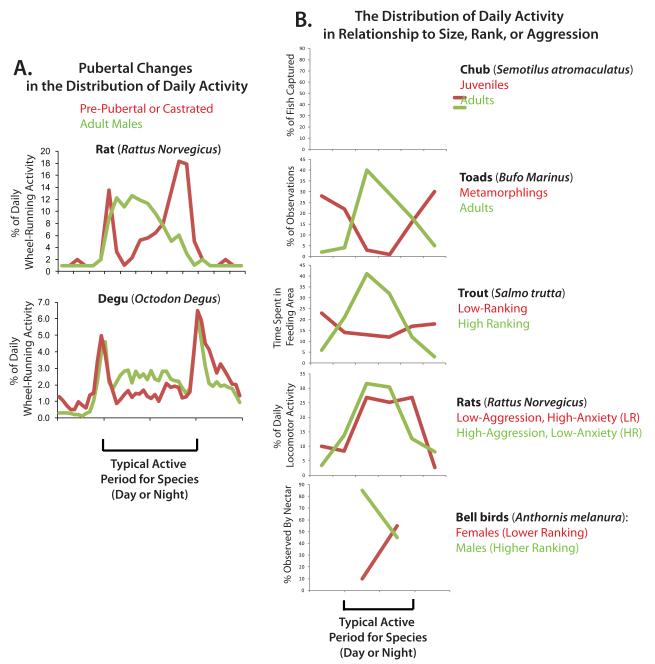Figure 6. Does the Adolescent Shift in Chronotype Represent A Temporal Social Niche?
The shift in chronotype observed during puberty in rodent species resembles shifts seen in other species related to development and dominance status. On the left is depicted the shift in chronotype seen in laboratory rodents, with the percent of daily activity occurring during each time bin plotted relative to time of day (24 hrs). Time of day is divided into four 6 hr bins, and is presented in terms of the typical active period for adult males of the species (green), with the central 12 hours representing nighttime for the nocturnal rat and daytime for the diurnal degu. Prepubertal animals and castrates (red) are more crepuscular, and have more of their activity occur at the end of the active period [66, 67], when they are less likely to have to compete for resources with adult males. On the right are other examples of younger, weaker, or subordinate individuals maintaining activity at a less preferred time of day (red). Each plot again shows a 24 hr day, divided into four 6 hr bins and centered around the typical active period for the larger or more aggressive/dominant individuals in the species (green). The y-axis depicts the relative amount of time spent engaging in activity (in some graphs this is feeding activity, in others general activity) (chub: [106], trout: [6], toads: [57], bellbirds: [42], rats: [92], but also see [25] for more naturalistic examples).

